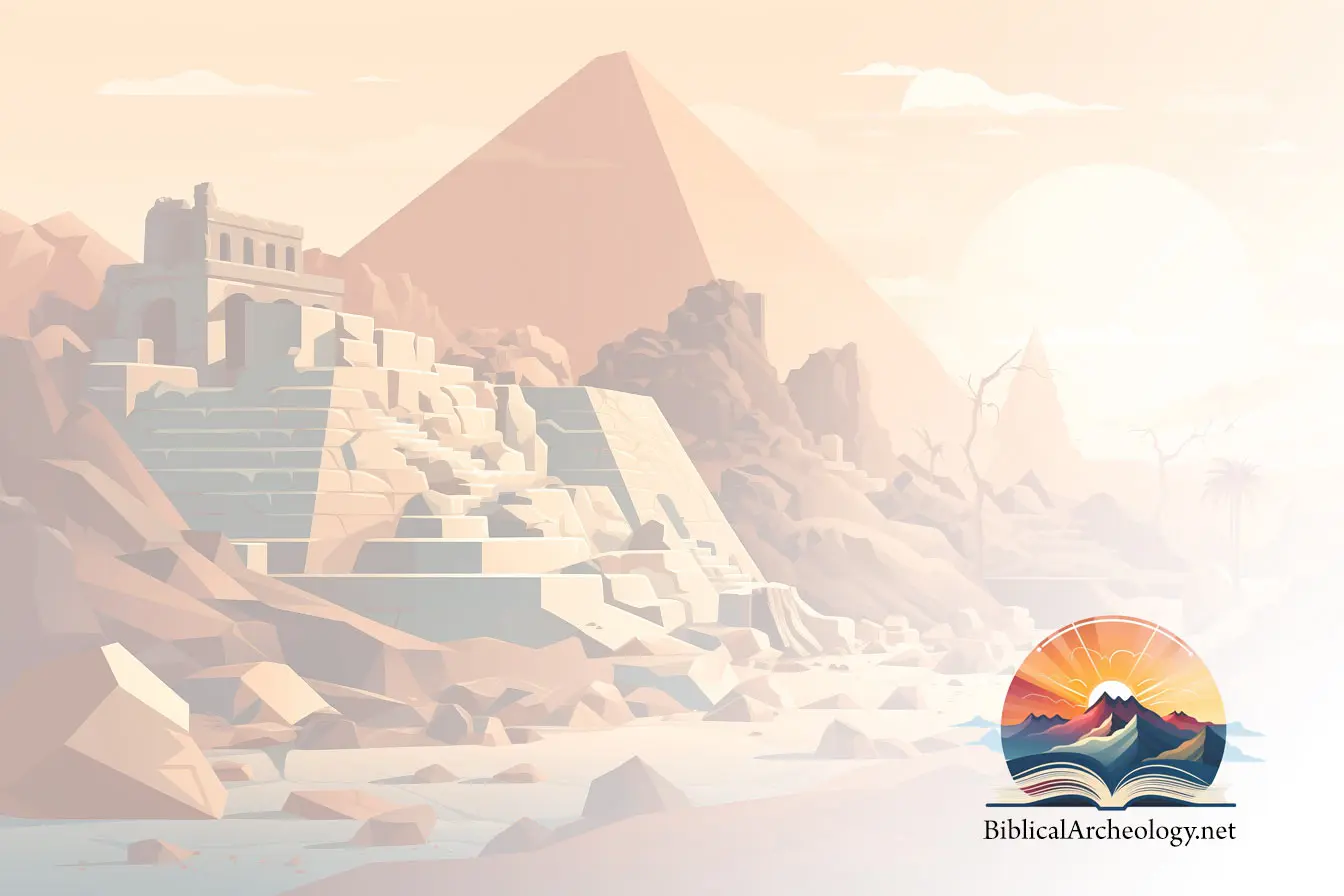Antioch in Syria is chiefly famous today because it was there that the followers of Jesus were first called Christians. (Acts 11:26) To people of Roman times, however, Antioch was famous for far more than this. It was one of the three chief cities of the empire (Rome and Alexandria being the other two) and was regarded as the most beautiful of them all. Although the city was built on a busy trade route and received some of its wealth from that, it was chiefly famous for its location.
Antioch was built on the eastern bank of the Orontes River and, as it grew, extended up the slopes of Mount Silpios in a series of terraces. Thermal springs provided a plentiful – and cheap – supply of hot water for baths. That simple statement may not carry much significance to the modern reader. To the Romans, however, a bath was a combined gymnasium, social club, swimming pool, sauna and much else. The baths were where contacts were made and business deals concluded. They were where politicians were lobbied, fitness regimes followed and friendships cemented.
Naturally, where large numbers of men congregated, there were those who supplied their needs. restaurants and cafes provided food and drink, and less savoury pleasures were also available. Dice are frequently found in or around bath houses an it would be interesting to have them examined by an expert in such matters; one suspects that dice found discarded down a toilet might prove to be just ever so slightly heavier on one side than on the other!
In addition Antioch boasted the Gardens of Daphne. These were to the ancient world what Disneyland is to ours. Although there were not, so far as we know, any ancient equivalents to the “Pirates of the Caribbean” ride, nor, indeed, to the cartoon characters that infest Mr Disney’s fun parks, there was no shortage of entertainers of all sorts.
The chief attraction of the place, however, was to wander after dark beneath trees, beside the multitude of streams, pools and fountains, lit by the soft glow of strategically placed lanterns, for Antioch was the first city in the world to introduce street lighting. If you had no one with whom to wander, there were plenty of obliging ladies only too eager to make your visit a memorable one.
At its height in the fourth century AD, Antioch had 300,000 citizens and covered several square miles. It held its own version of the Olympic Games. In fact, much of our knowledge of the city comes from a speech delivered by Libanios, a native orator, at the opening of the Antiochene Games in 363 AD. It was also important as the military base for operations against the Persians and became, for a short time, the capital of the Roman empire when Julian the apostate stayed there for two years before leaving on his fatal invasion of Parthia.
All this beauty and gaiety came to an end in 640 AD when the Persians invaded the Roman empire. According to legend, the theatre of Antioch outside the city was crowded when an actor on the stage suddenly looked up and exclaimed, “Either my eyes are deceiving me or the Persians are upon us!”
Thinking this to be part of the play, the audience applauded the witticism even as the first javelins came whistling over the theatre walls and landed amongst them.
Unfortunately the Persians had not come to conquer but to raid. They had no interest in maintaining the functions of either government or trade; they simply looted whatever was movable and destroyed the rest. It is claimed that the Church of the Nativity in Bethlehem was the only Christian church to survive the Persian invasion! Not only was Antioch mostly destroyed, but large numbers of the craftsmen who had created its beauties were marched off into Persia, where their influence can be detected in Sassanian buildings and artifacts.
Even more unfortunate, from the archaeologist’s point of view, is the fact that those who survived th Persian raid came back and rebuilt their city. Although it never recovered from the catastrophe, a small town still survives, its houses and businesses covering over the ruins of the Roman city and making excavation very difficult and haphazard.
Archaeological exploration of Antioch has been going on since 1932 under the auspices of the Worcester Art Museum, Princeton University, Baltimore Museum of Art and Harvard Univeristy in America, as well as the Louvre in Pais. About 80 buildings have been uncovered in the city limits and explorations have been done on the site of Daphne as well as at the harbour of Seleucia Pieria at the mouth of the Orontes.
Some 300 magnificent mosaics have been found and these, together with other objects, form the basis of an exhibition at the Worcester Art Museum, Massachusetts, USA. AS well as the ancient artifacts, use has been made of the latest computer techniques to provide virtual reality experiences of some of the buildings. Widely separated mosaic panels from the Louvre and other museums are joined together on the computer to show how they would originally have appeared as one complete work of art.
The exhibition will tour a couple of museums on the east coast of America until December 2001. It is to be hoped that either this exhibition or one like it may be persuaded to tour outside the confines of the United States.
Article used with permission of Diggins Online. You can find more useful material at Apologtetics Courses, Free Courses and Brethren Assembly. Secular materials can be found at Coins Encyclopedia and Guide For Income


